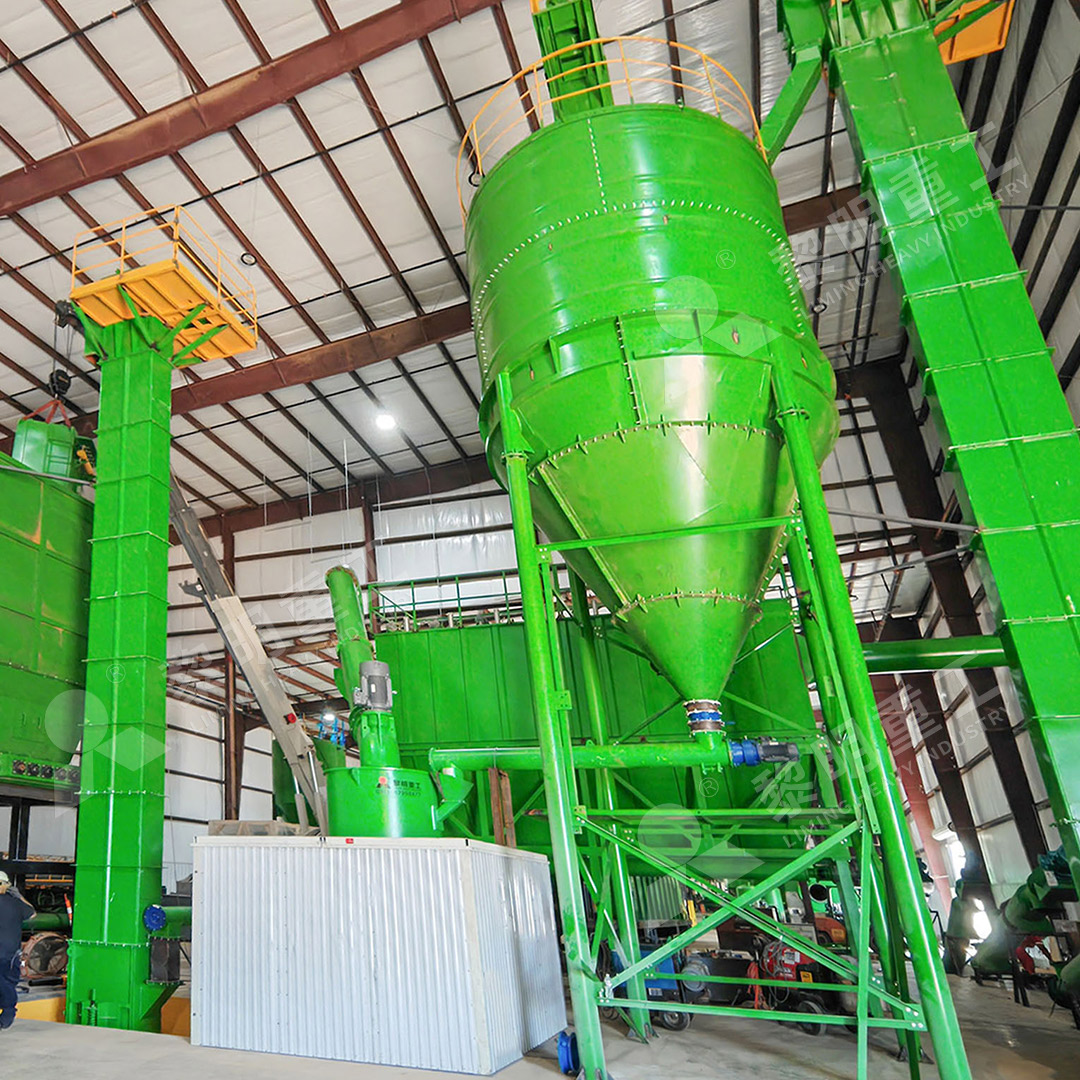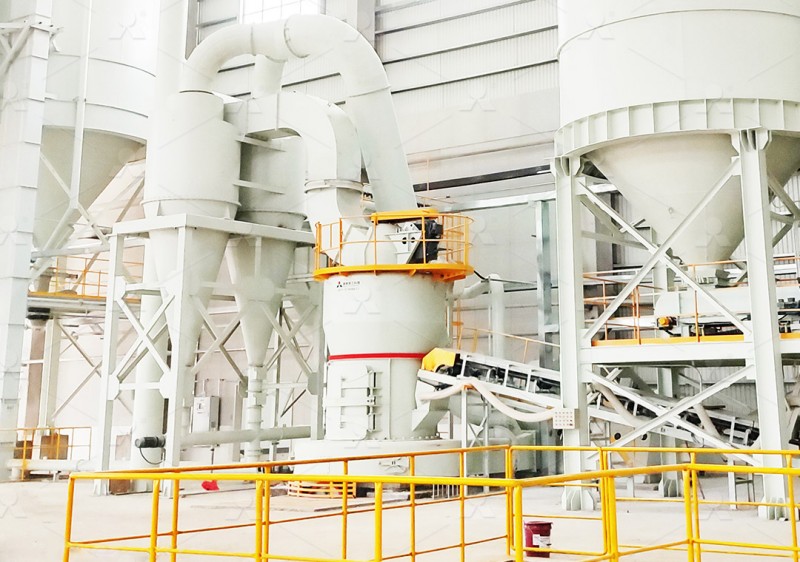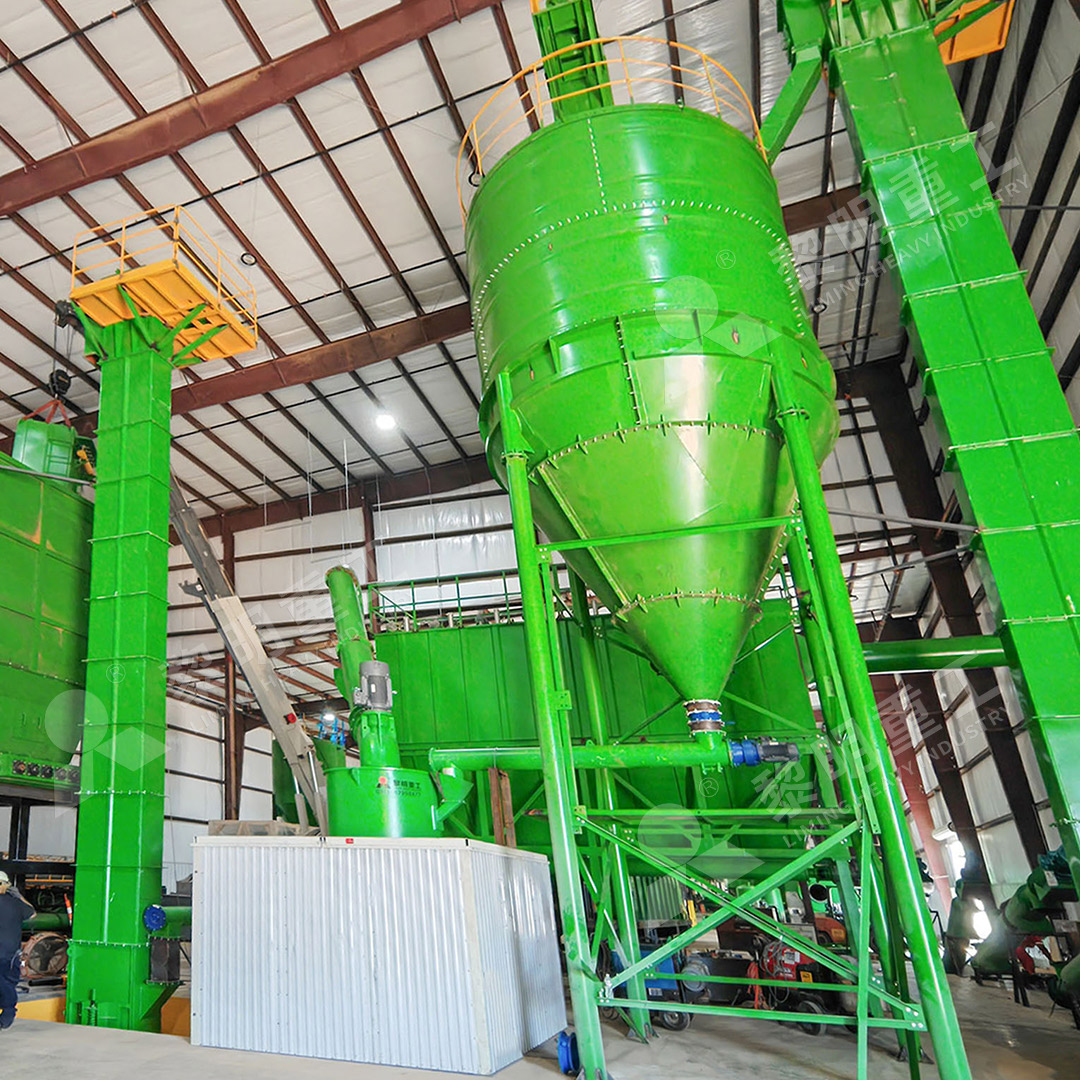Three Ring Micro Powder Grinding Mill for Ultrafine Processing of Kaolin and Limestone
Three Ring Micro Powder Grinding Mill for Ultrafine Processing of Kaolin and Limestone
The demand for ultrafine powders in industrial applications continues to grow, particularly for minerals like kaolin and limestone. These materials require precise particle size distribution and high purity to meet stringent quality standards in sectors such as paints, plastics, paper, and construction materials. Traditional grinding methods often fall short in achieving the desired fineness while maintaining efficiency and environmental compliance.
Three Ring Micro Powder Grinding Mills have emerged as a superior solution for ultrafine processing, offering exceptional control over particle size and consistent output quality. These advanced mills utilize a unique grinding mechanism that combines impact, compression, and shear forces to reduce materials to micron and sub-micron levels.

Technical Advantages in Mineral Processing
When processing kaolin for paper coating or limestone for industrial fillers, the MW Ultrafine Grinding Mill demonstrates remarkable capabilities. With an input size capacity of 0-20 mm and production rates ranging from 0.5 to 25 tons per hour, this equipment handles various feed materials with exceptional flexibility. The mill’s innovative design ensures that heat-sensitive materials like kaolin maintain their structural integrity throughout the grinding process.
The precision engineering of the MW Ultrafine Grinding Mill allows for fineness adjustment between 325-2500 meshes, making it ideal for applications requiring specific particle size distributions. The cage-type powder selector, incorporating German technology, provides accurate classification that ensures consistent product quality batch after batch.
Environmental and Operational Benefits
Modern industrial operations must balance production efficiency with environmental responsibility. The MW Ultrafine Grinding Mill addresses this challenge through its integrated pulse dust collector and muffler system, which effectively contains particulate matter and reduces noise emissions. This comprehensive approach to environmental protection ensures compliance with stringent regulatory standards while maintaining optimal working conditions.

Operational reliability is another critical factor in mineral processing. The MW mill’s design eliminates rolling bearings and screws within the grinding chamber, significantly reducing maintenance requirements and potential failure points. The external lubrication system enables continuous operation for extended periods, maximizing productivity in demanding industrial settings.
Economic Considerations
The economic advantages of advanced grinding technology extend beyond initial equipment costs. The MW Ultrafine Grinding Mill demonstrates superior energy efficiency, consuming approximately 30% less power compared to conventional jet mills while achieving 40% higher production capacity. This combination of reduced operating costs and increased output provides a compelling return on investment for processing facilities.
For operations requiring even higher precision and specialized handling, the LUM Ultrafine Vertical Grinding Mill offers complementary capabilities. With its input size of 0-10 mm and capacity of 5-18 tph, this mill incorporates the latest grinding roller technology from Taiwan and German powder separating technology, providing exceptional control over final product characteristics.

Frequently Asked Questions
What is the typical particle size range achievable with Three Ring Micro Powder Grinding Mills?
The MW Ultrafine Grinding Mill can produce powders ranging from 325 to 2500 meshes, with the capability to achieve d97≤5μm in a single pass. This fine tuning allows processors to meet specific application requirements for various industries.
How does the mill handle different moisture content in raw materials?
The grinding system can integrate with drying equipment to process materials with varying moisture levels. For the MW Ultrafine Grinding Mill, the integrated design allows for effective processing of materials within standard industrial moisture parameters.
What maintenance requirements should operators anticipate?
The absence of rolling bearings and screws in the grinding chamber significantly reduces maintenance needs. Regular inspection of grinding elements and the external lubrication system, combined with periodic checks of the dust collection system, constitutes the primary maintenance routine.
Can the same equipment process both kaolin and limestone effectively?
Yes, the MW Ultrafine Grinding Mill is designed to handle various non-metallic minerals including both kaolin and limestone. The adjustable parameters allow operators to optimize settings for each material type, ensuring consistent quality across different production runs.
What environmental protections are incorporated into the design?
The mill features an efficient pulse dust collector that prevents particulate emissions during operation. Additionally, silencers and noise elimination rooms are configured to reduce acoustic impact, ensuring full compliance with environmental protection standards.
